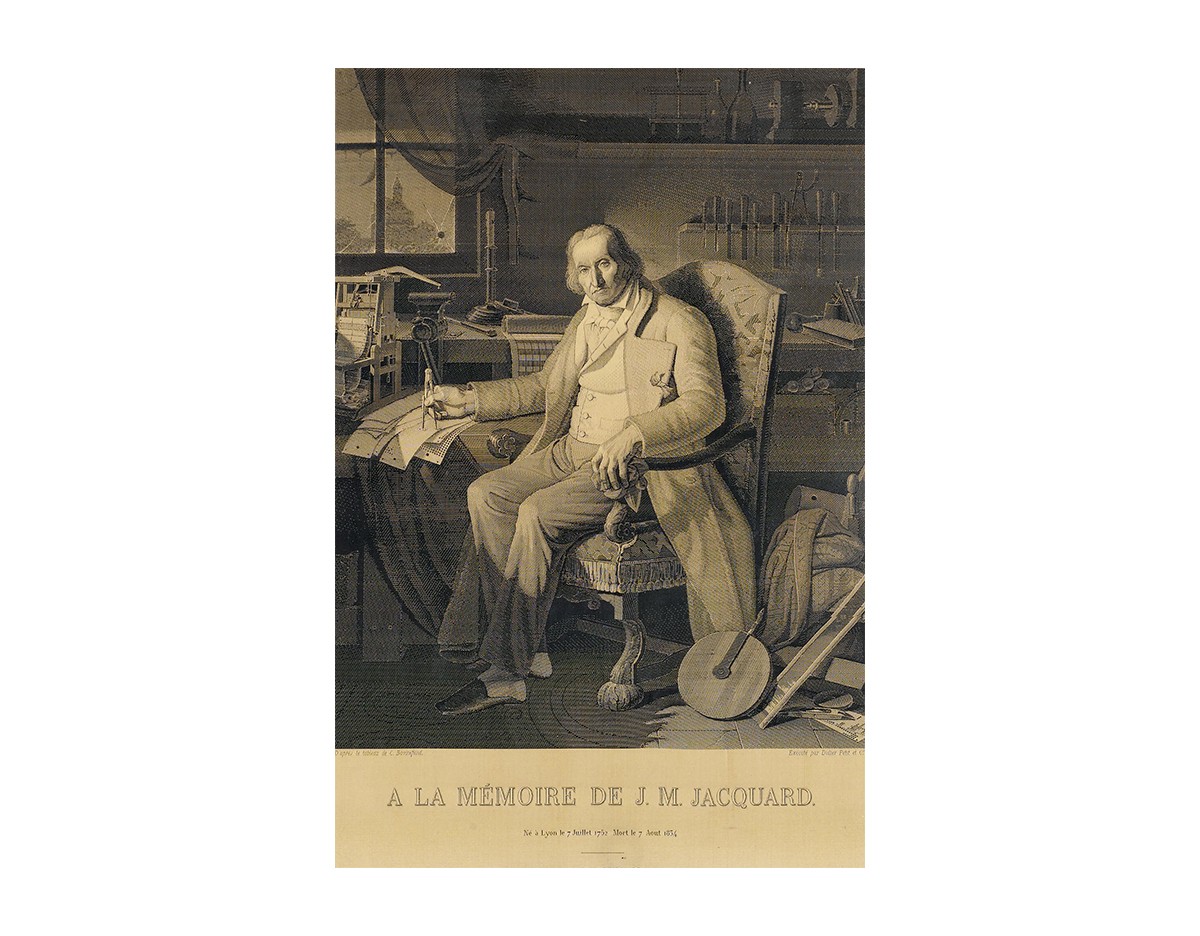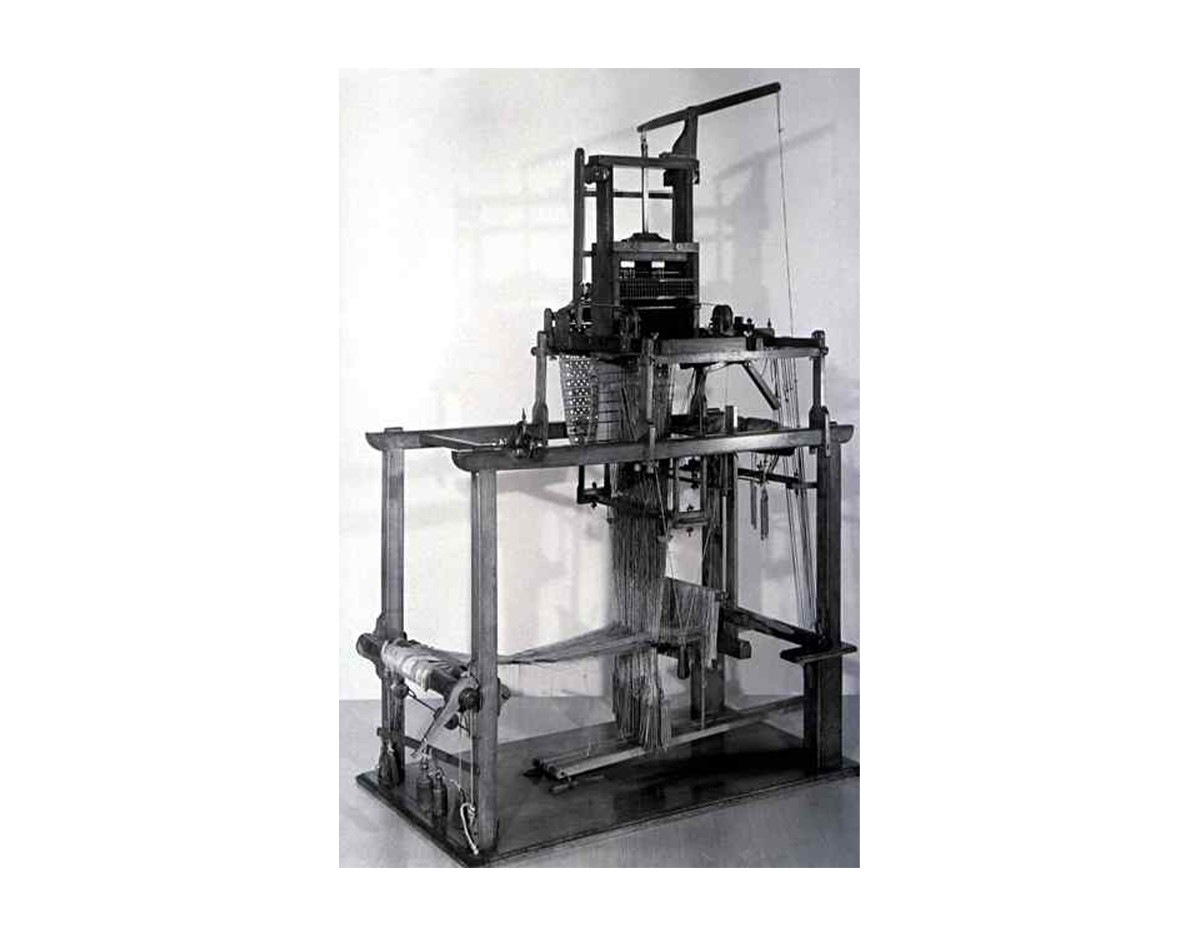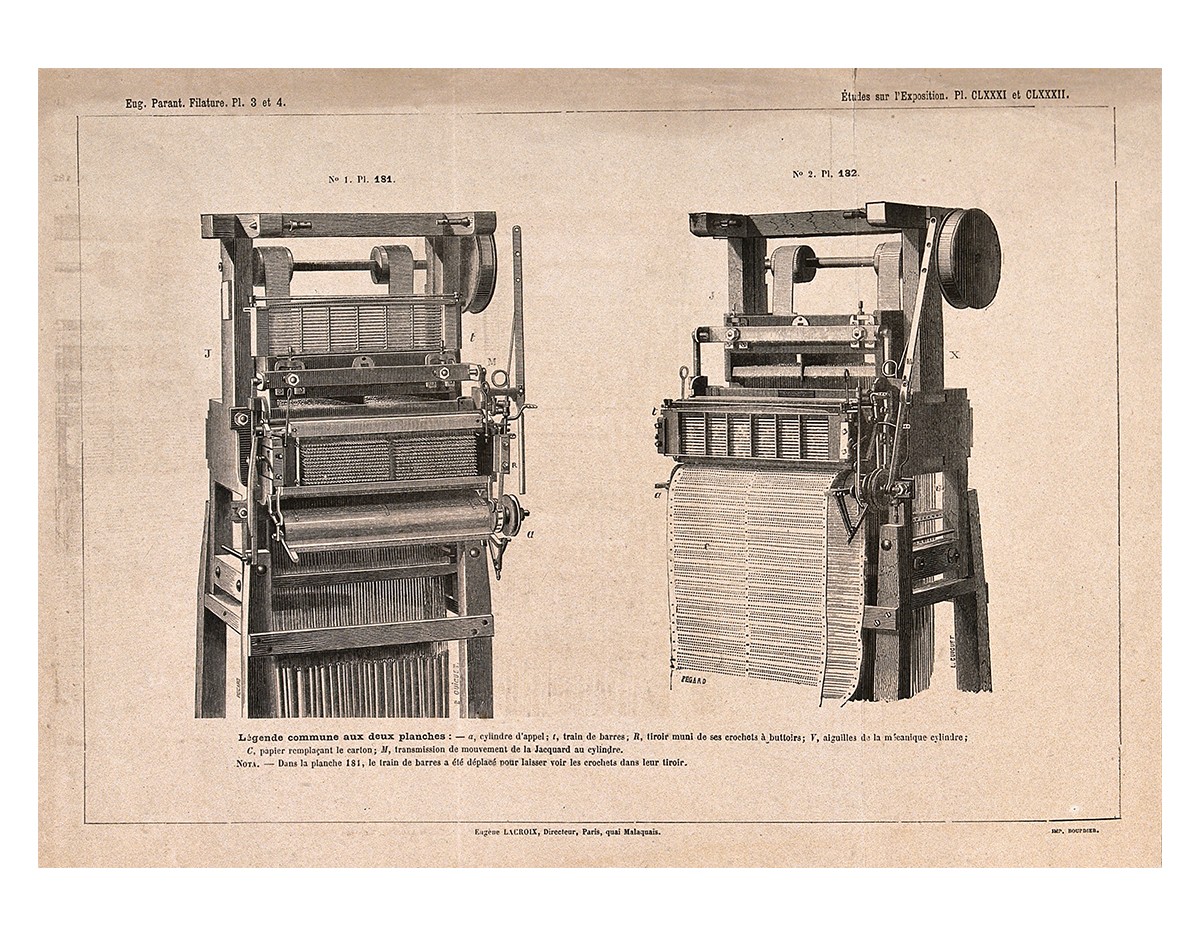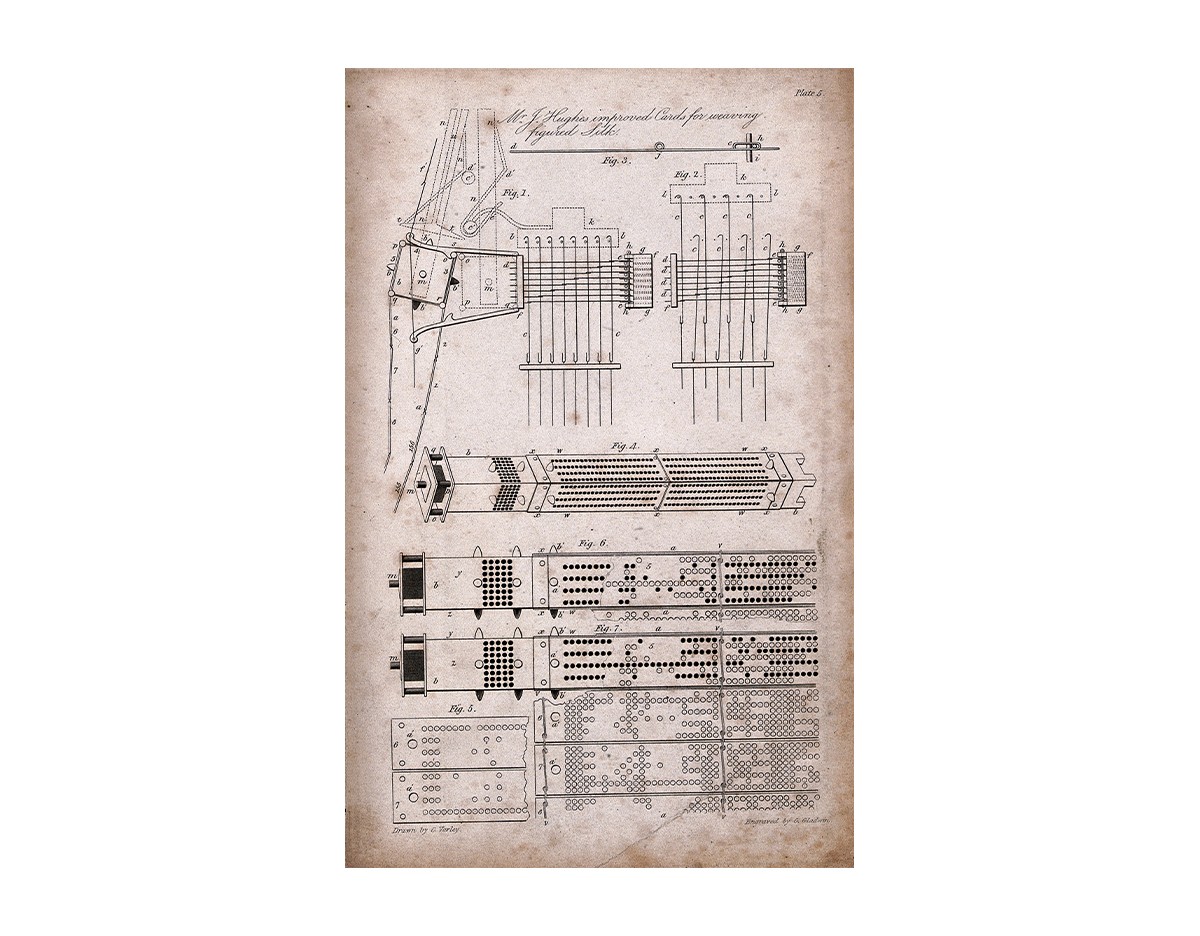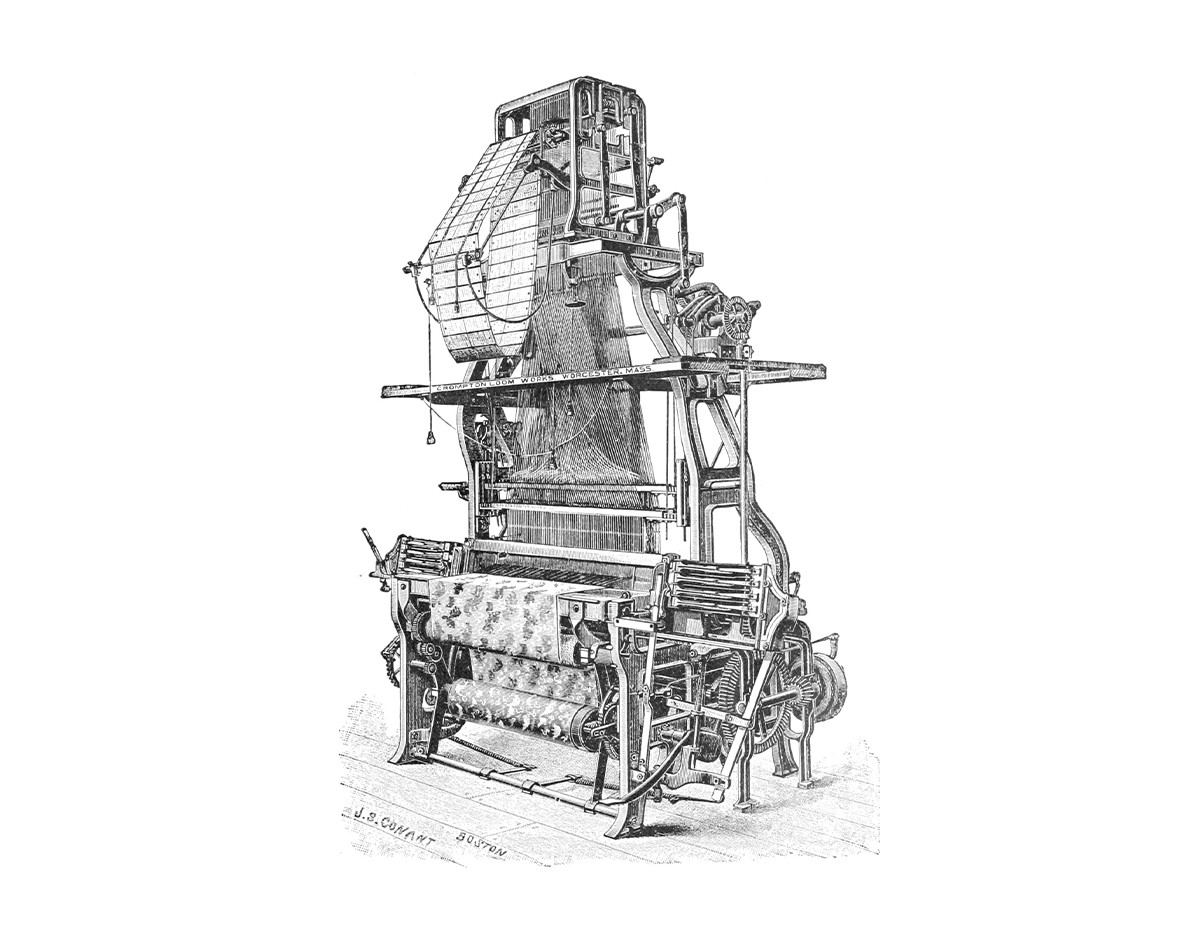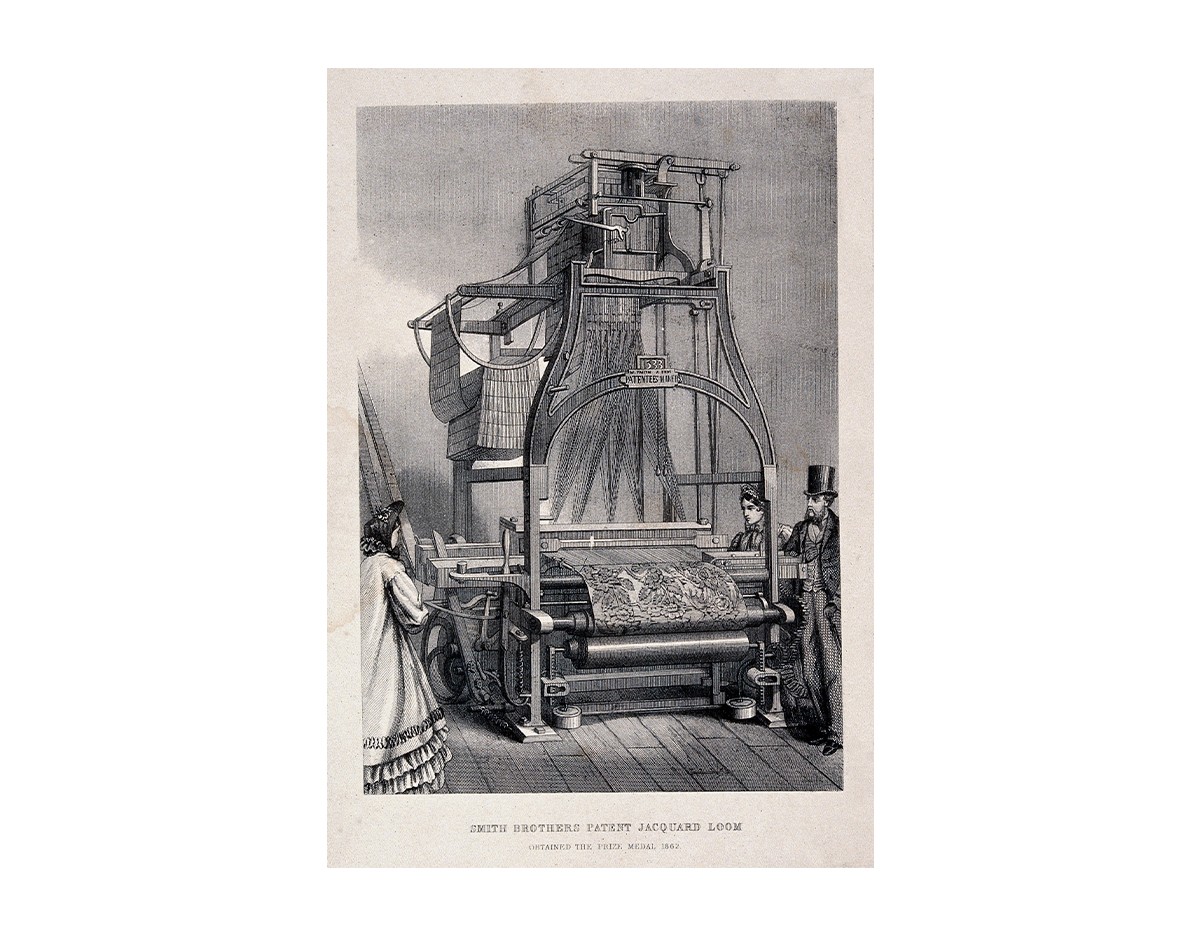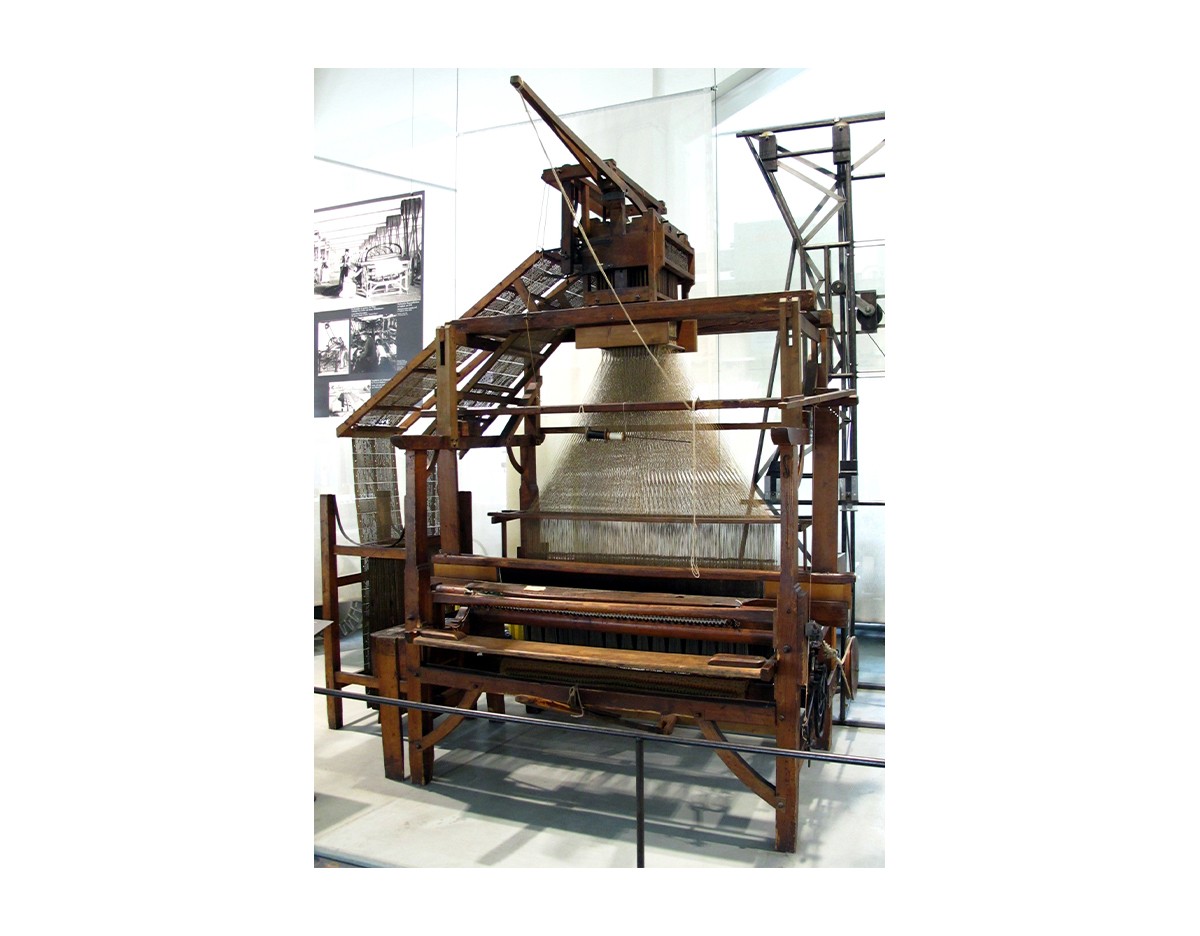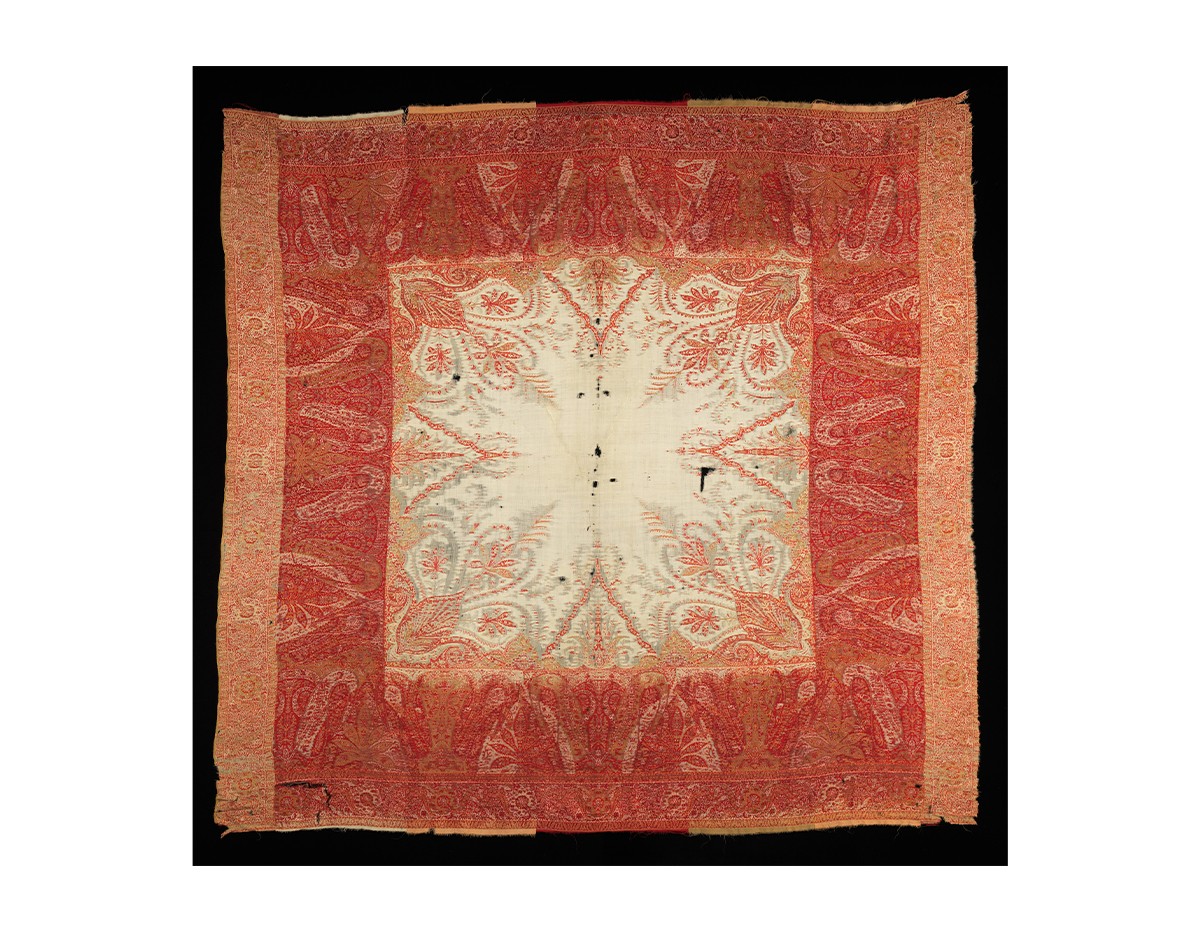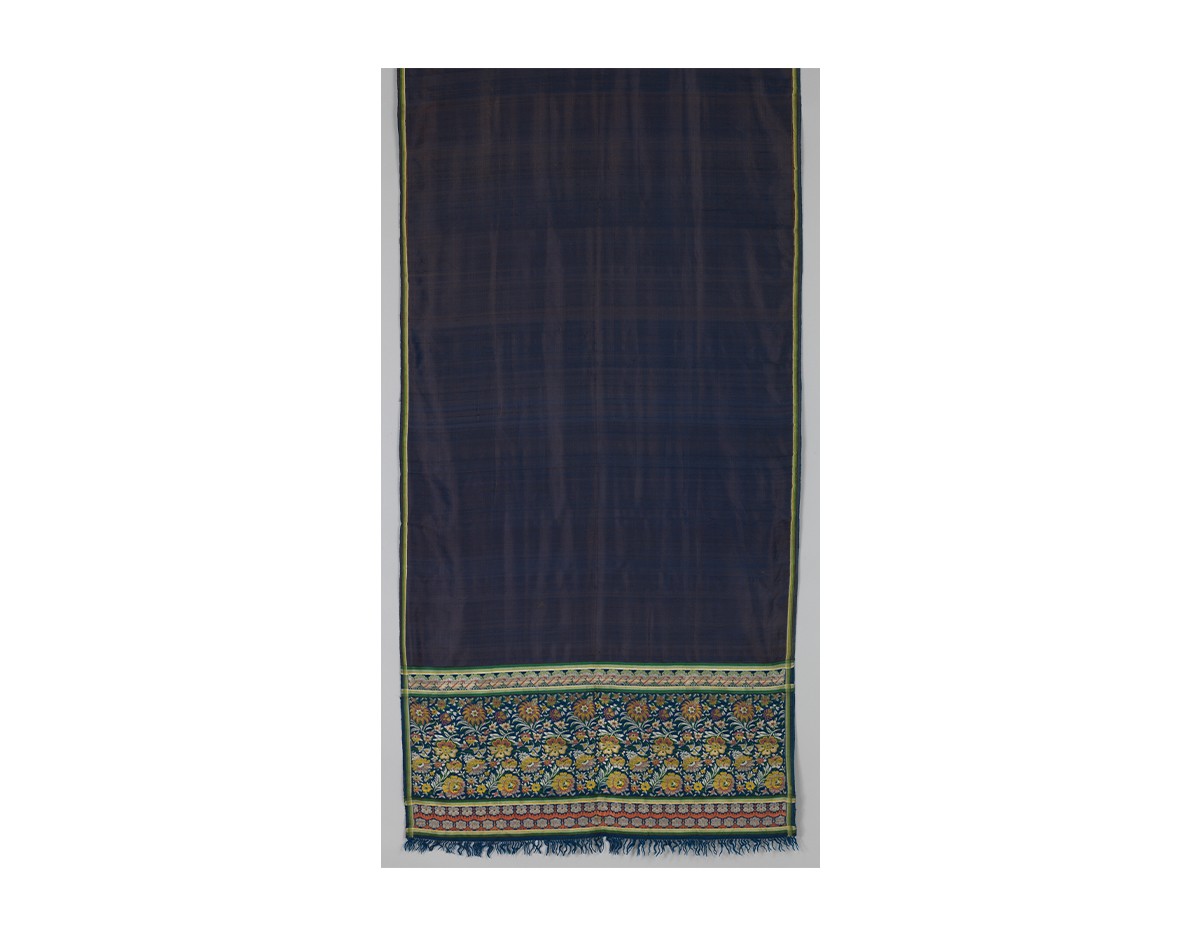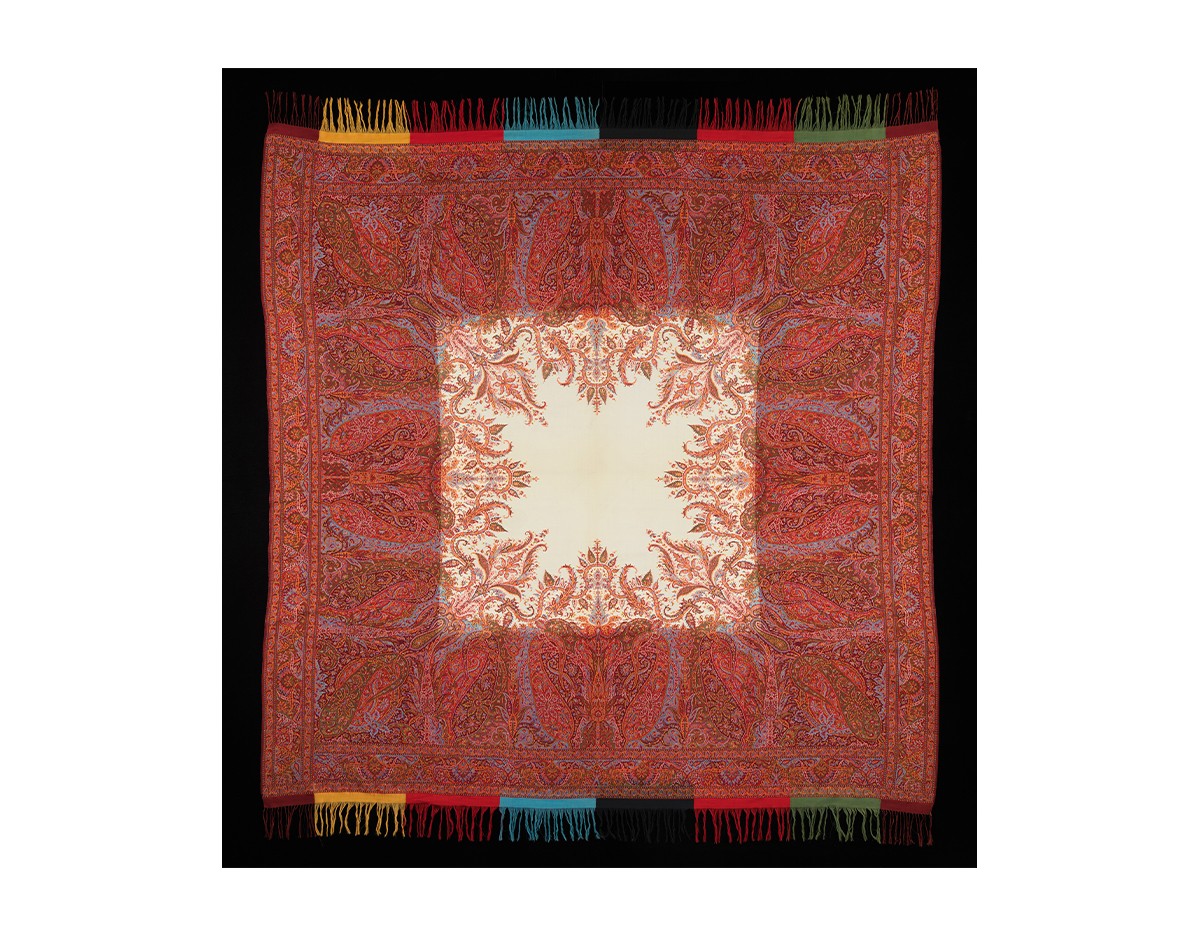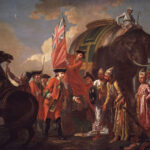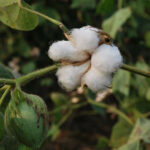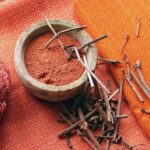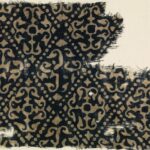Joseph Marie Jacquard Patents the Jacquard Machine
1804
Using a system of punched cards to reflect a patterned design, Jacquard’s loom allows for the manufacture of elaborate, patterned textiles at a faster pace in mills, without the inputs or efforts of a master weaver. The mass-production of patterned cloth causes its cost to fall sharply. By the 1850s, jacquard looms are aiding the manufacture of Kashmir shawls in Europe at a faster and larger scale than Indian artisans working with traditional means. The mass availability of British-manufactured textiles at lower costs, and the consequent devaluing of Indian artisanal traditions will make textiles a crucial symbol of resistance in the Indian Independence movement.
Bibliography
Broudy, Eric. The Book of Looms: A History of the Handloom from Ancient Times to the Present. New Hampshire: University Press of New England, 1993.
Cort, Cynthia Cunningham. The Brocades of Banaras: An Analysis of Pattern Development in the 19th and 20th Centuries. Thrissur: Read Books, 2010.
Skarratt, Ben. “From India to Europe: The Production of the Kashmir Shawl and the Spread of the Paisley Motif.” Global History of Capitalism Project. University of Oxford, August 2018.
Feedback 
This entry appears in
Art in South Asia
Visit Timeline
Associated Timeline Events
First Published: March 11, 2024
Last Updated: May 22, 2024



